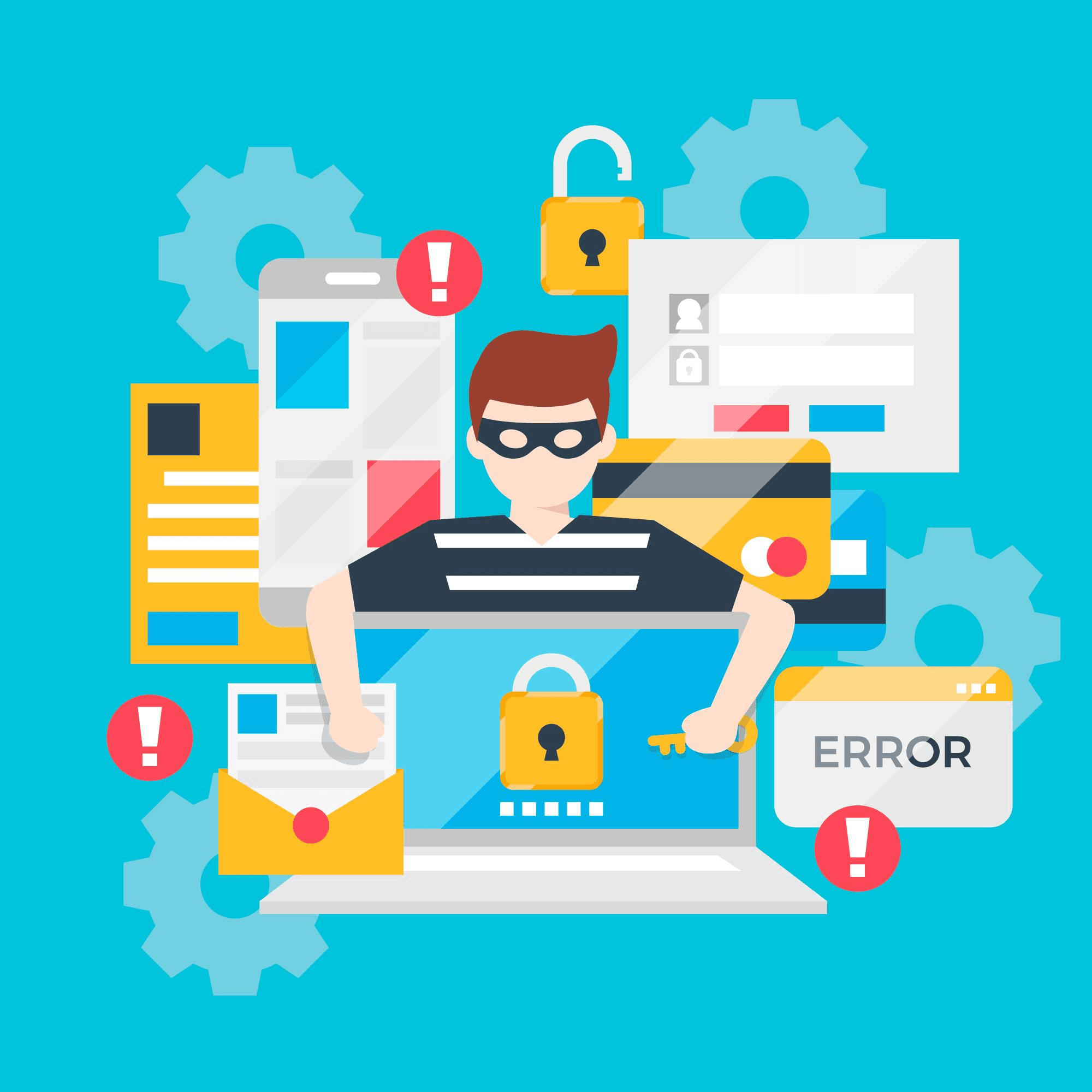What Leaders Must Know About Cyber Threats to Future-Proofing Industrial Enterprises

Photo by freepik @ freepik
As industries evolve, the significance of cyber threats in the industrial landscape grows. Leaders within industrial enterprises must cultivate a keen understanding of these threats to secure their operations and ensure resilience in an increasingly complex digital environment. The rise of Industry 4.0 has brought improvements in automation and connectivity, but this transformation has introduced new vulnerabilities. A proactive approach to cybersecurity is necessary, enabling organisations to identify potential risks and mitigate them effectively.
Understanding the Landscape of Cyber Threats
Cyber threats come in various forms, each designed to exploit weaknesses in technology and human behaviour. From ransomware attacks that lock down critical systems to phishing schemes targeting employees, the tactics employed by cybercriminals are constantly evolving. A substantial increase in attacks on industrial systems has been observed, particularly since many organisations are shifting towards greater connectivity and automation. The importance of understanding these threats cannot be overstated, and industrial enterprises must continuously assess their exposure to potential risks.

This may interest you: How To Perform A Cybersecurity Risk Assessment
Leaders need to be well-versed in security protocols to protect sensitive data and ensure continuity of operations. The convergence of IT and OT (Operational Technology) systems adds another layer of complexity, making it imperative for leaders to adopt integrated security solutions. Each industrial sector faces unique threats, necessitating tailored approaches to security strategies.
Adopting a Holistic Cybersecurity Strategy
Organisations should adopt a holistic cybersecurity strategy that encompasses technology, processes, and people. This strategy must be aligned with the organisation's business objectives. Leaders play a crucial role in shaping this strategy by fostering collaboration between IT and OT departments. Establishing clear policies and procedures helps dissipate ambiguities regarding roles and responsibilities in the event of a security breach.
Practical risk assessment and management are integral components of this strategy, enabling leaders to prioritise areas of focus based on actual threats and vulnerabilities. Investing in critical security infrastructure, such as an industrial firewall with advanced threat protection, can significantly enhance the organisation's defence capabilities. Regular training and drills can prepare staff for real-world scenarios, fostering a culture of vigilance and responsiveness. As cyber threats become more sophisticated, the commitment to a comprehensive strategy must remain strong, adapting to the ever-changing landscape.
Building Resilience Through Training and Awareness
Building resilience against cyber threats starts with informed employees who understand the risks and can recognise potential threats. A security-first mindset must be cultivated throughout the organisation, beginning with leadership and permeating all levels. Regular training sessions should emphasise identifying phishing attacks, managing passwords securely, and responding to security incidents effectively. Leaders must ensure that training programs are not one-time events but ongoing initiatives that evolve with the changing threat landscape.
Advanced simulation exercises can be employed to assess employee responses to cyberattacks, thereby identifying gaps in knowledge and procedures. By investing in their workforce's cybersecurity education, leaders can significantly reduce the likelihood of human error causing security breaches. Developing clear communication channels for reporting suspicious activities encourages employees to remain vigilant.
Investing in Advanced Technologies
The role of technology in securing industrial enterprises cannot be overstated. Investing in state-of-the-art cybersecurity technologies plays a crucial role in protecting operational integrity. Technologies such as AI-driven analytical tools, intrusion detection systems, and behavioural analytics can provide organisations with enhanced capabilities to identify anomalies in real time. As organisations integrate more IoT devices into their operations, the security around these devices must be prioritised.
Implementing robust solutions ensures that preventative and responsive measures are in place. Using advanced security technologies in conjunction with existing systems allows companies to maintain a strong defence against emerging threats effectively. Regularly updating and patching systems is equally important, as vulnerabilities can be exploited by cybercriminals if left unaddressed.
Compliance and Regulatory Considerations
Understanding compliance and regulatory frameworks is important for leaders aiming to fortify their organisations against cyber threats. Various industry standards and regulations dictate specific requirements for data protection and incident response strategies. These frameworks serve to establish baseline security measures, ensuring organisations meet minimum security expectations. Non-compliance can lead to significant fines, legal repercussions, and damage to brand reputation.
Leaders should examine existing regulations relevant to their sector, seeking continuous alignment with evolving standards. Engaging legal and compliance experts can facilitate this process and help organisations navigate complex requirements. Proactive measures taken towards compliance safeguard organisations from legal action and build trust with customers and clients.

Read more: Cybersecurity For Boards & Senior Leadership: Exploring the MGM Hack
Fostering a Culture of Continuous Improvement
Cultivating a culture of continuous improvement in cybersecurity is important for addressing emerging threats effectively. Cyber threats are not static, as they evolve alongside technological advancements and industry changes. Organisations should establish feedback loops for evaluating security posture regularly, enabling leaders to make timely adjustments to preventative measures.
Gathering insights from past incidents and near misses can inform future strategies and training programs. Leaders should encourage their teams to share lessons learned and promote open discussions around security challenges. Regular audits and assessments will provide an objective evaluation of the organisation's capabilities, offering opportunities for enhancement.
By understanding the landscape of cyber threats, fostering innovative strategies, investing in technologies, and promoting a strong security culture, organisations can future-proof their operations against the risks posed by cybercriminals. Leaders must remain proactive, ensuring that their organisations are resilient in the face of evolving challenges.
Leaderonomics.com is an advertisement-free website. Your continuous support and trust in us allow us to curate, deliver, and maintain our website. When you support us, you enable millions to continue reading for free on our website. Will you give it today? Click here to support us.
Business
Tags: Cybersecurity, Digital, Artificial Intelligence, Abundance Mindset, Alignment & Clarity, Building Functional Competencies, Business Management, Consultant Corner, Executing Leadership
Allen Brown is a dad of 3 kids and is a keen writer covering a range of topics such as Internet marketing, SEO and more! When not writing, he’s found behind a drum kit.






